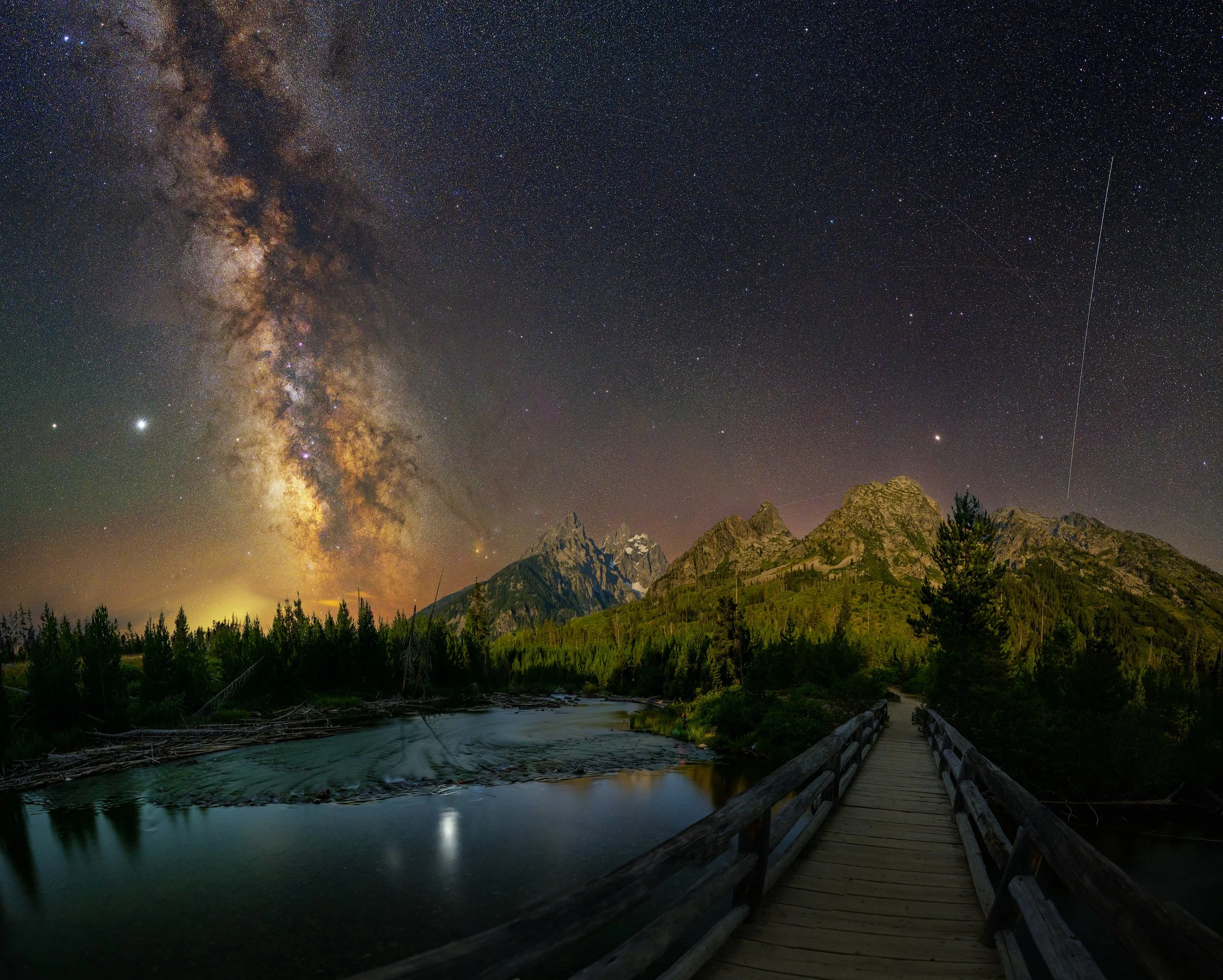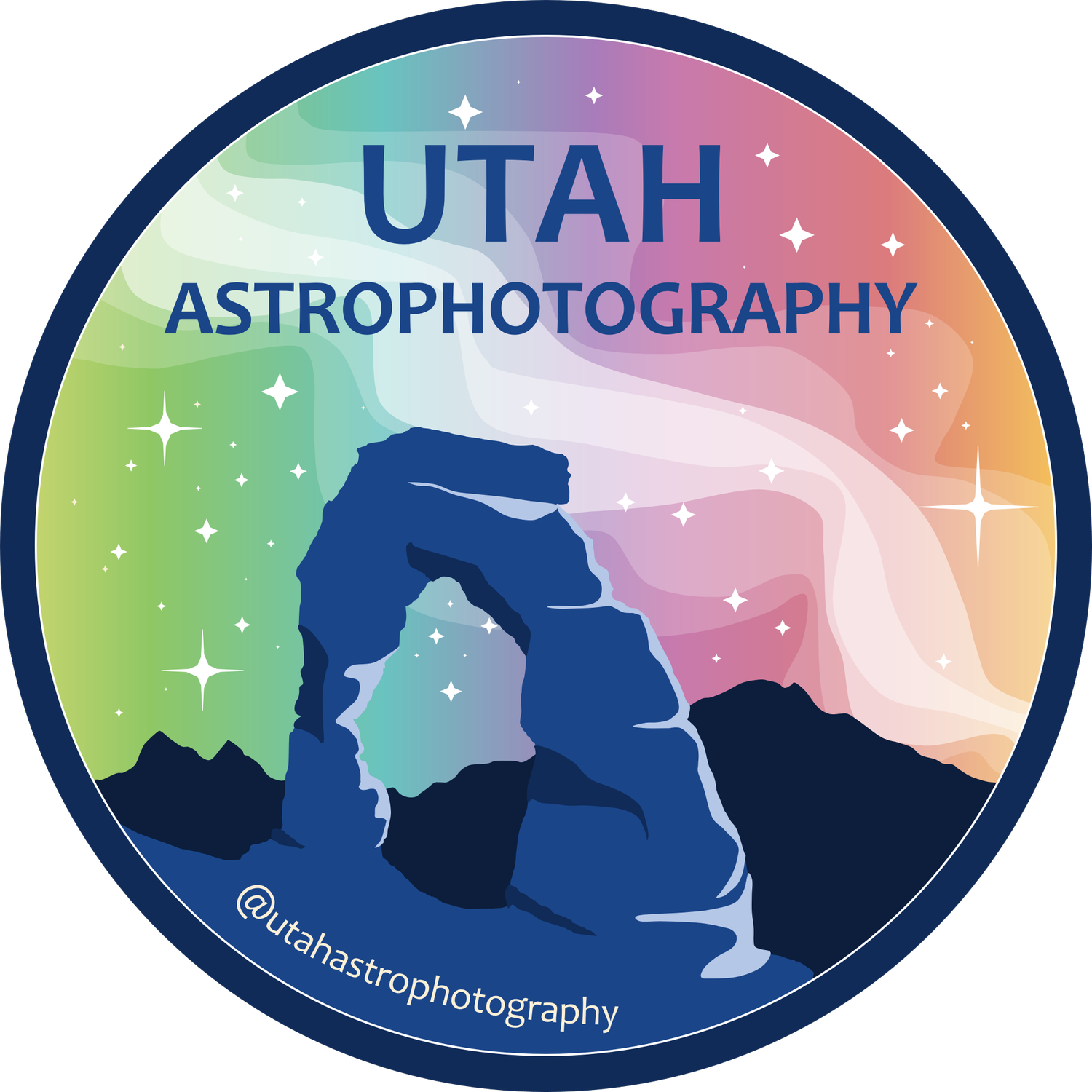
GRAND TETONS
GEOLOGICAL SUMMARY
The Teton Range in Wyoming, is a prime example of a fault-block mountain range, which formed through the Teton fault’s movement. This fault is a nearly 40-mile long dip-slip, or normal fault, where the eastern block (the Teton Range) has been uplifted relative to the western block (the Jackson Hole valley). This uplift is relatively recent in geological terms, beginning around 9 million years ago, and is ongoing, with evidence of strong earthquakes in the past few thousand years indicating that the fault remains active. The mountains are predominantly composed of Archean rocks, including gneisses and schists, which are among the oldest rocks on Earth, dating back to 2.7 billion years ago. These ancient rocks were thrust upwards during the Teton Range’s formation, and their exposure provides a valuable window into the processes and conditions of the early Earth. Glacial activity has also played a crucial role in shaping the Teton landscape. During the last Ice Age, glaciers carved out the rugged peaks and valleys that define the range today. The evidence of glacial action is visible in the U-shaped valleys, hanging valleys, cirques, and moraines throughout the region.
ANTHROPOLOGICAL SUMMARY
The human history of the Grand Tetons is equally rich, with evidence of Native American presence dating back over 11,000 years. The earliest inhabitants were Paleo-Indians who moved through the area, hunting and gathering in the rich ecosystems provided by the mountains and valleys. Later, various tribes, including the Shoshone, Bannock, and Crow, frequented the area, drawn by the abundant resources and the spiritual significance of the landscape. European explorers and fur trappers entered the region in the early 19th century, followed by homesteaders, miners, and eventually tourists and outdoor enthusiasts. The name “Grand Tetons” is attributed to French trappers, with “Tetons” meaning “breasts” in French, likely a reference to the peaks’ distinct shape. The establishment of Grand Teton National Park in 1929 (expanded significantly in 1950) marked a significant anthropological shift, transitioning the area from a focus on resource extraction to conservation and recreation. This transition reflects broader changes in societal attitudes towards natural landscapes, emphasizing preservation and public enjoyment.

